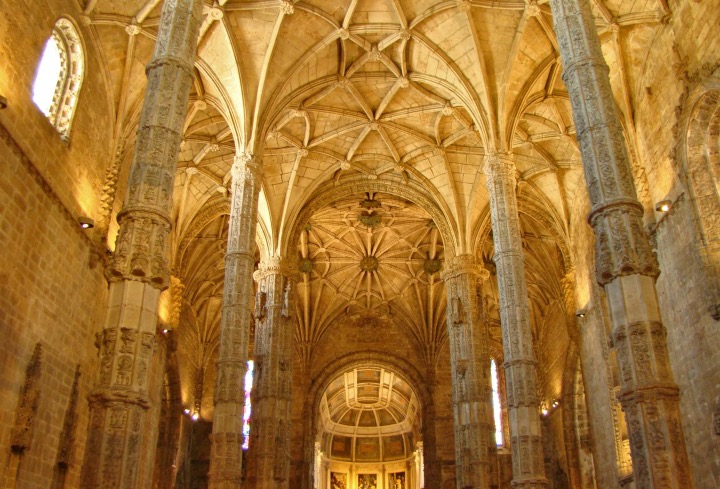
Sites and Systems of Global Colonialism
Lectures (12)
Loading Accordion Items...The Overview
“Sites and Systems of Global Colonialism” is a survey course that introduces students to building cultures, landscapes and urbanisms in an already globally connected world from the colonial era through 1900. The course examines multiple overlapping systems by which the practices of human cultures have come to be interconnected around the world over time. It is a history of the world through architectural evidence, and a history of architecture through a global perspective.
The “Sites and Systems” approach is informed by systems theory perspectives arising from within the social sciences, especially sociology. It builds on and problematizes the international political-economy methods of World Systems Research and Braudelian approaches by examining specific selected cases grounded in actual cultural-spatial-material conditions. The complex and vital lenses of architectural analysis applied to sites, cities, and material systems, at scales ranging from tectonic details to global infrastructures of exchange, inform and contest our understandings of distributed networks.


